What is Face Recognition Technology?
Face recognition technology is one of the most familiar recognition technologiesIt is one of the most familiar authentication technologies. It is a type of biometric authentication, and has been attracting attention due to recent dramatic improvements in technology.
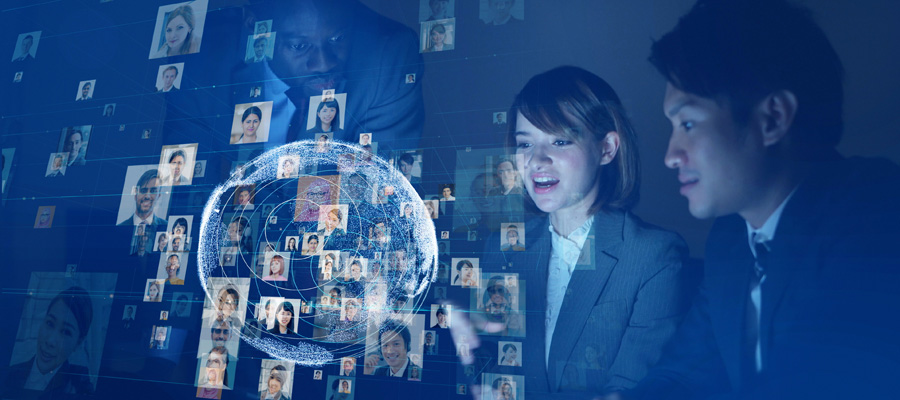

Breadcrumb navigation
 What is Face Recognition Technology?
What is Face Recognition Technology?
Face recognition matches a person's image stored in a database with a facial image of the subject detected from a video or still image.
Face recognition technology is one of the most familiar authentication technologies that provide a system with a means for a person to identify his or her partner. It is a type of biometric authentication, and has attracted much attention in recent years due to dramatic technological improvements.Matching is performed based on the position of an individual's eyes, nose, mouth, and other characteristic points, as well as the position and size of the face area. Authentication is performed by matching a person's image stored in a database with a subject's face image captured by a camera or other means. The system is secure because it is difficult to be impersonated, and there is no need to have a physical key or IC card or to set a password.
The system can also be used as a countermeasure against infection in access control because it is contactless and does not require any operation such as holding a finger over the person's head.
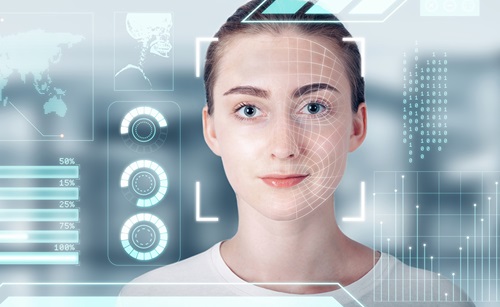
 Advantages of Introducing Face Recognition Systems
Advantages of Introducing Face Recognition Systems
By introducing a face recognition system, high security and improved operational efficiency can be expected, such as “less psychological burden on users,” “no contact, no need to hold up fingers,” “high fraud deterrent effect,” and “no need for dedicated equipment.
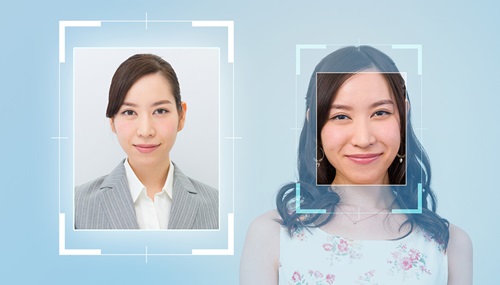
 Low psychological burden on users
Low psychological burden on users

 No contact, no need to hold up a finger, etc.
No contact, no need to hold up a finger, etc.
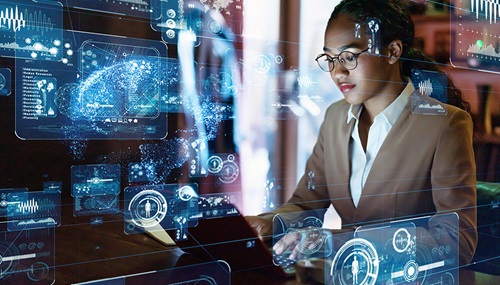
 High fraud deterrence effect
High fraud deterrence effect
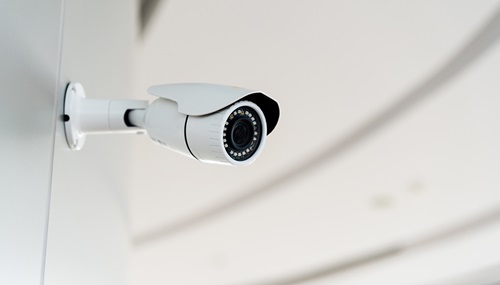
 No dedicated equipment is required
No dedicated equipment is required
 No need for password entry
No need for password entry
 No need for physical keys or IC cards
No need for physical keys or IC cards
 Prevention of identity theft and unauthorized entry/exit
Prevention of identity theft and unauthorized entry/exit
 Reduction of waiting time for entry and exit
Reduction of waiting time for entry and exit